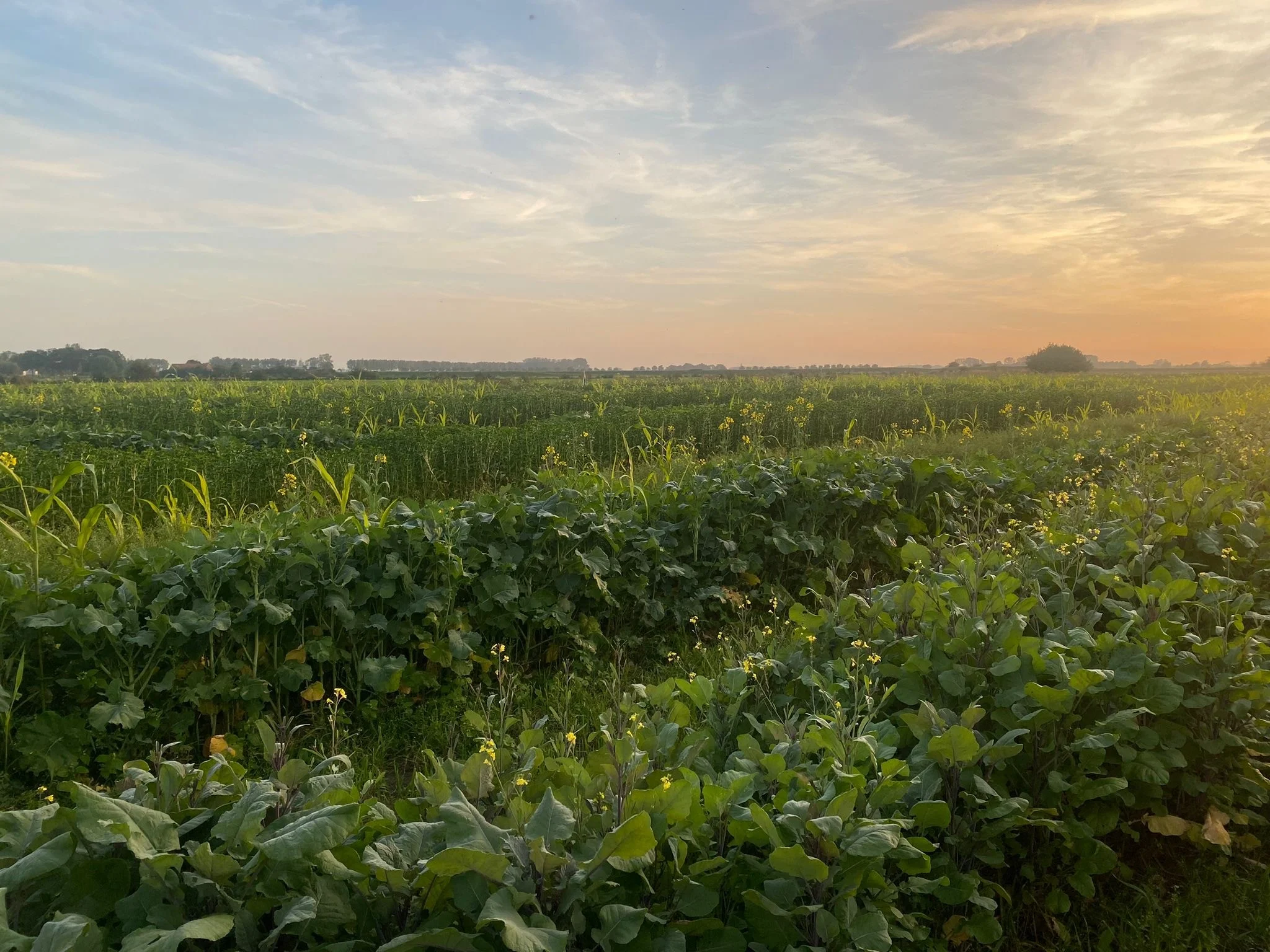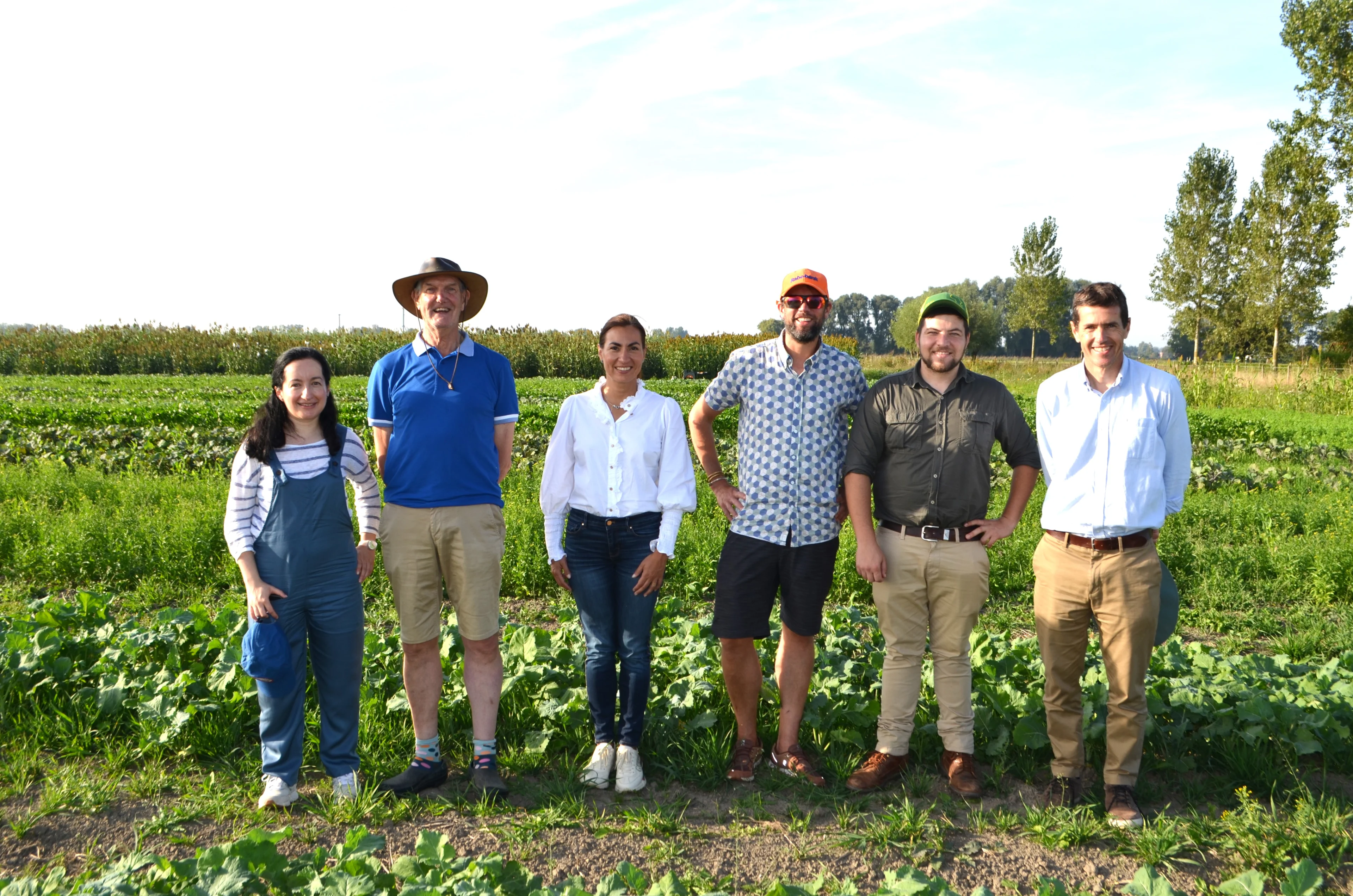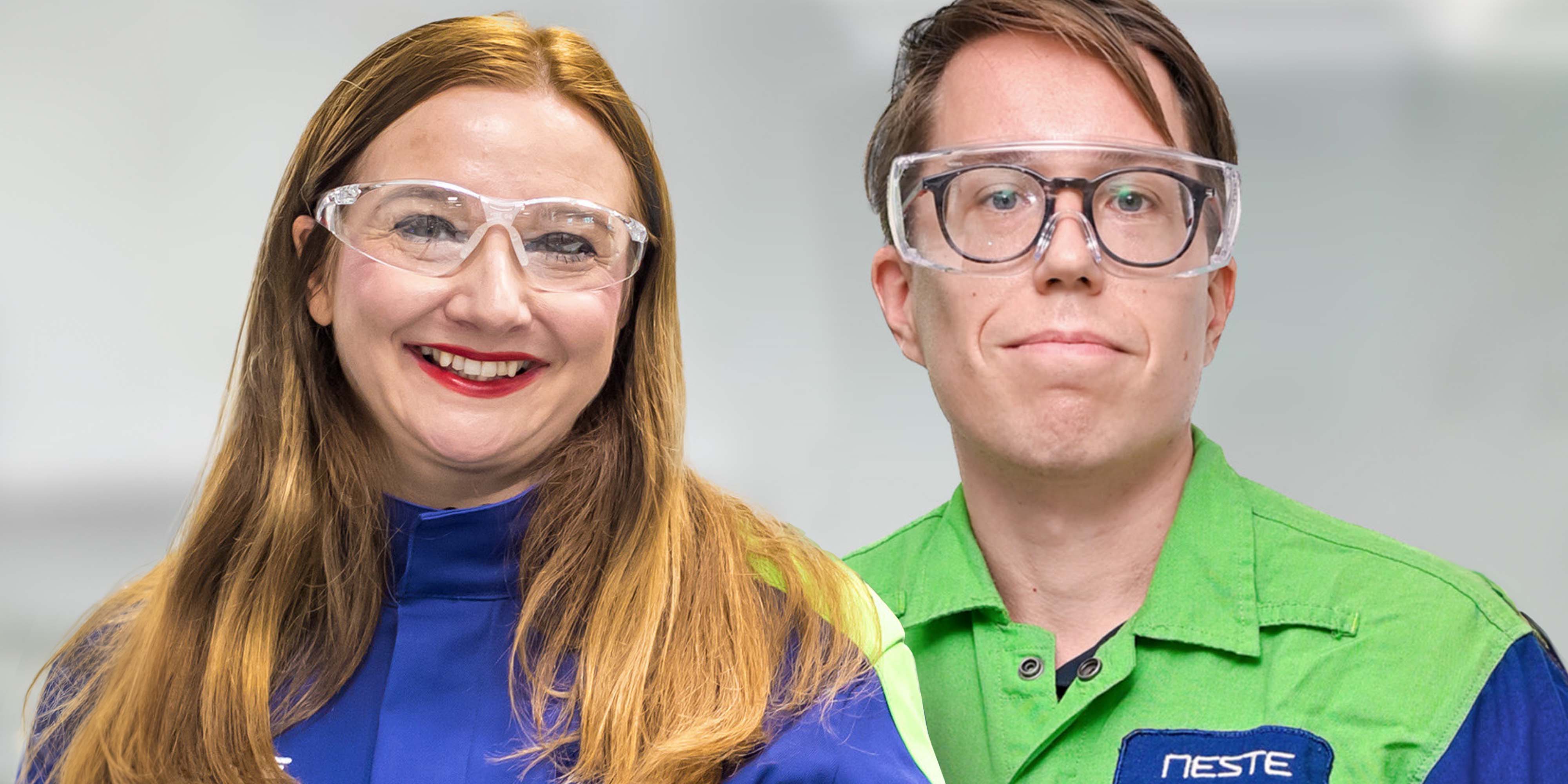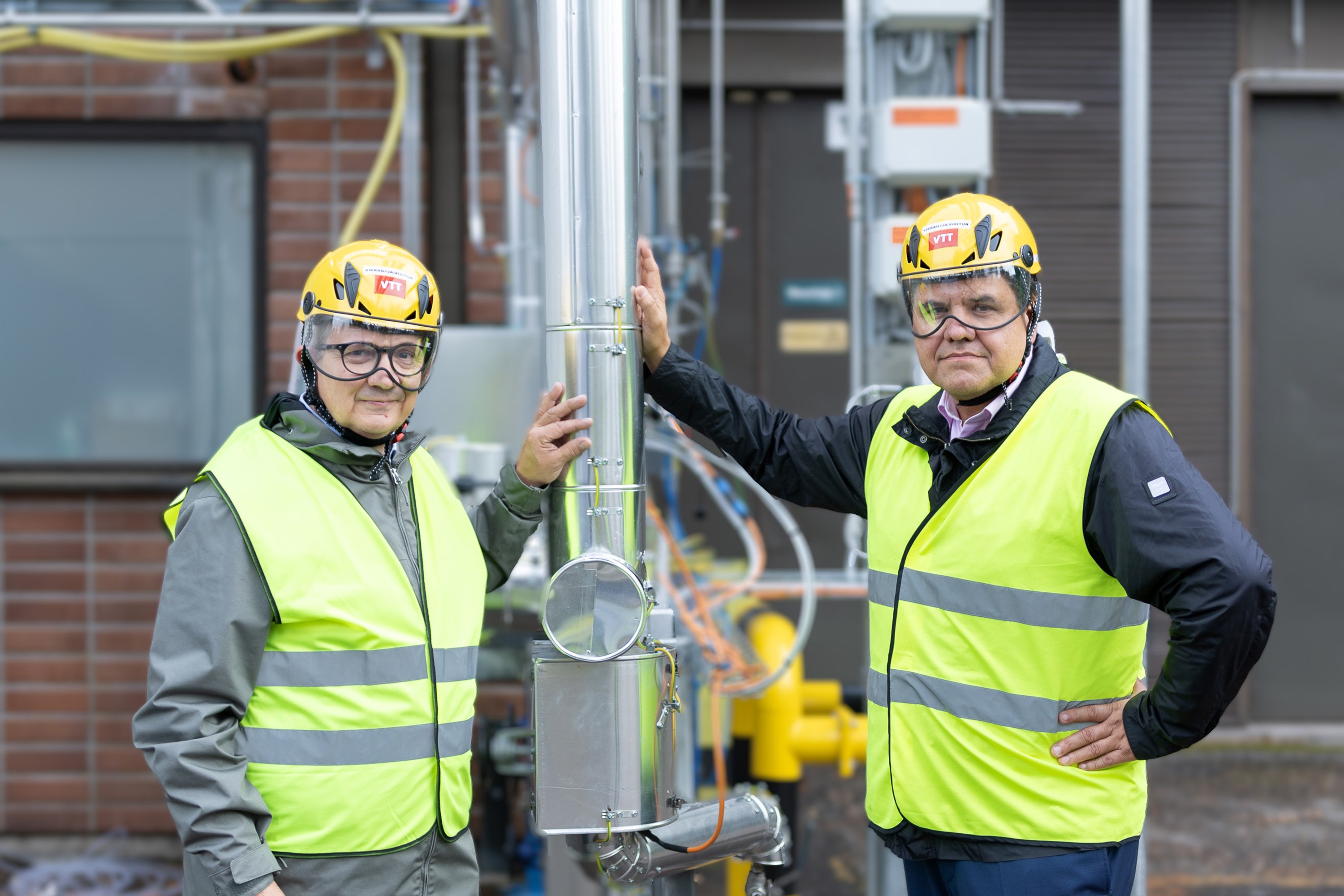
Innovation
5 minute read
Growing a renewable raw materials solution – right under our feet
Another UN Climate Change conference is over – but the need to reduce our global greenhouse gas (GHG) emissions remains. To tackle the climate emergency, we must replace the fossil resources traditionally used in (for example) the transport and chemical industries with renewable raw materials. A successful shift will require a significant increase in the sustainable production of renewable feedstocks. The good news? Part of the answer might be right under our feet.
Healthy soil has a positive impact on everything from biodiversity and carbon storage to farm productivity. At the same time, however, conventional farming practices are a major contributor to soil depletion: in fact, human-induced soil degradation affects 34% of agricultural land worldwide. To reduce the extensive land degradation caused by agricultural activity and other factors such as climate change, we need to embrace a new way of farming – from the ground up.
The roots of regenerative agriculture
“It all starts with soil quality: after all, around 95% of the food we eat comes directly or indirectly from the ground*” explains Andrea Monti, Professor of Agricultural and Food Sciences at the University of Bologna. “In Europe, about 60% of the soils are currently unhealthy and are further degrading due to unstable management and loss of biodiversity. The European Commission has estimated that the effects of soil degradation add up to more than 50 billion euros per year. Regenerative agriculture – practices that take conserving and restoring soil health as an entry point to more sustainable farming – can make a big impact.”
The idea is that by trapping carbon in healthier soils, promoting biodiversity, reducing emissions from agriculture, increasing crop yields and profitability, and producing new volumes of protein for feed and food, regenerative agriculture can enhance both the environmental and the economic dimensions of sustainable farming. But there’s more: regenerative agriculture also has an important role to play in sustainably producing the renewable raw materials needed for the fossil phase-out.
Digging into the possibilities
Neste, a leading producer of sustainable aviation fuel and renewable diesel and a forerunner in developing renewable and circular feedstock solutions for polymers and chemicals, is collaborating with value chain partners – including the University of Bologna – to develop sustainable regenerative agriculture concepts that can supply raw materials for renewable products. The company is targeting novel vegetable oils (NVOs) based on regenerative agriculture making up ~20% of its renewable raw material pool by 2035. Accordingly, Neste is already running more than 60 projects including field trials, sustainability case studies, and pilots with partners around the world.
One of these NVO projects is taking place in Zeeland, the Netherlands, at the farm of crop specialist Walter de Milliano and agronomist Maarten de Milliano. “Farming is at a crossroads,” explains Walter. “We urgently need to change agriculture – but often, it’s farmers who take on all the risk of this change. Our sustainability case study shows that by working with partners like Neste, we can not only mitigate those risks, but also seize new opportunities that help crop producers and wider society.”
“We’ve learned a lot from this first trial,” Maarten agrees, “and the early results are exciting! We sowed different intermediate flowering oil crop varieties after the winter wheat harvest in July, testing their effects on soil health and biodiversity and investigating whether a 120-day cycle between main crops would be feasible and scalable. The camelina crop was particularly impressive: it naturally suppresses weeds and was mostly ripe for harvesting at the end of November.”
This was just the start of the journey: Neste will continue working with Maarten and Walter to analyze the oil content of the camelina seeds and assess the different crops’ impact on soil nitrogen levels. “From our experience so far, it seems that NVOs have plenty to offer farmers – in terms of agronomy, biodiversity, and even livelihoods,” concludes Walter. “We’re looking forward to the next phases of our collaboration and, hopefully, to a future full of regenerative agriculture!”

Three high-potential concepts
The Zeeland project is a prime example of intermediate cropping – but this is just one of three regenerative agriculture approaches that Neste believes could deliver realistic NVO yields alongside tangible sustainability benefits.
Intermediate cropping: Carefully chosen crops – such as camelina – replace fallow land between main crops, resulting in improved soil health, reduced soil erosion, better habitats for pollinators and birds, and increased atmospheric CO2 sequestration. Importantly, farmers can sell the intermediate plant oils and proteins for extra income.
Low-carbon-intensity farming of established commodity crops: Prioritizing soil health and resilience, these practices bring many of the same benefits as intermediate cropping, particularly through reduced or no tillage, use of cover crops, and optimized inputs (which also means less fuel consumption and fewer overall GHG cultivation emissions).
Perennial cropping: Trees and grazing are integrated in a mutually beneficial way over a long-term horizon, while (ideally) making use of degraded land or pasture. The benefits once again include healthier soil, increased biodiversity, and greater carbon sequestration, as well as potential to create new jobs in agroforestry projects.
Planting the seeds for a win-win
Neste’s three NVO focus areas have one other important characteristic in common: minimizing the impact on food production. Several of the crops being tested will yield not only oil that Neste can use as raw material for renewable products, but also additional protein that can be used for food and feed. This strategy also aims to minimize the indirect land-use change (ILUC) risk.
It’s an approach that Neste and the University of Bologna will also continue to study together. “We can see that regenerative agriculture practices have the potential to generate significant positive outcomes over the coming decades. We need to remember that many of the effects of adopting regenerative farming systems are not visible overnight, but can take a long time, at least 10 years. Therefore it is even more important we act now ” Professor Monti says. “It’s crucial to find a holistic path for changing the agriculture industry, where science and technology are supported by economic and educational strategies for farmers. As a company supplying major markets with renewable products, Neste is a great example of how we can team up to drive progress in regenerative agriculture and create a more sustainable future for food and fuel alike!”
*See also Food and Agriculture Organisation of the United Nations (2015)
Credits:
Neste




